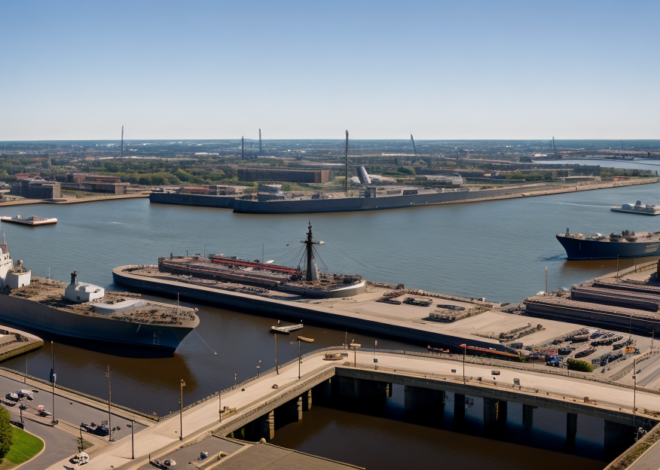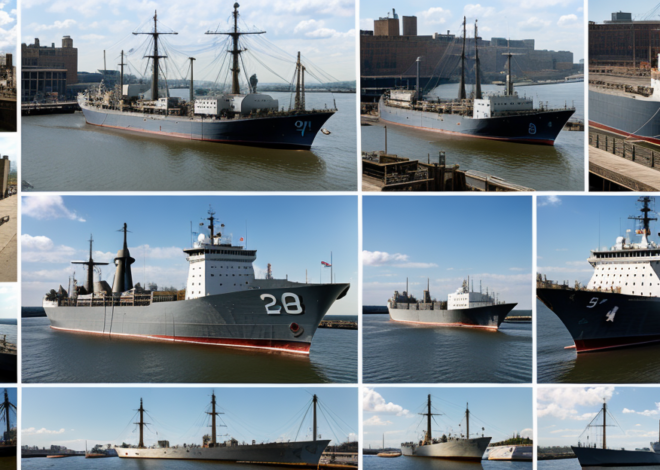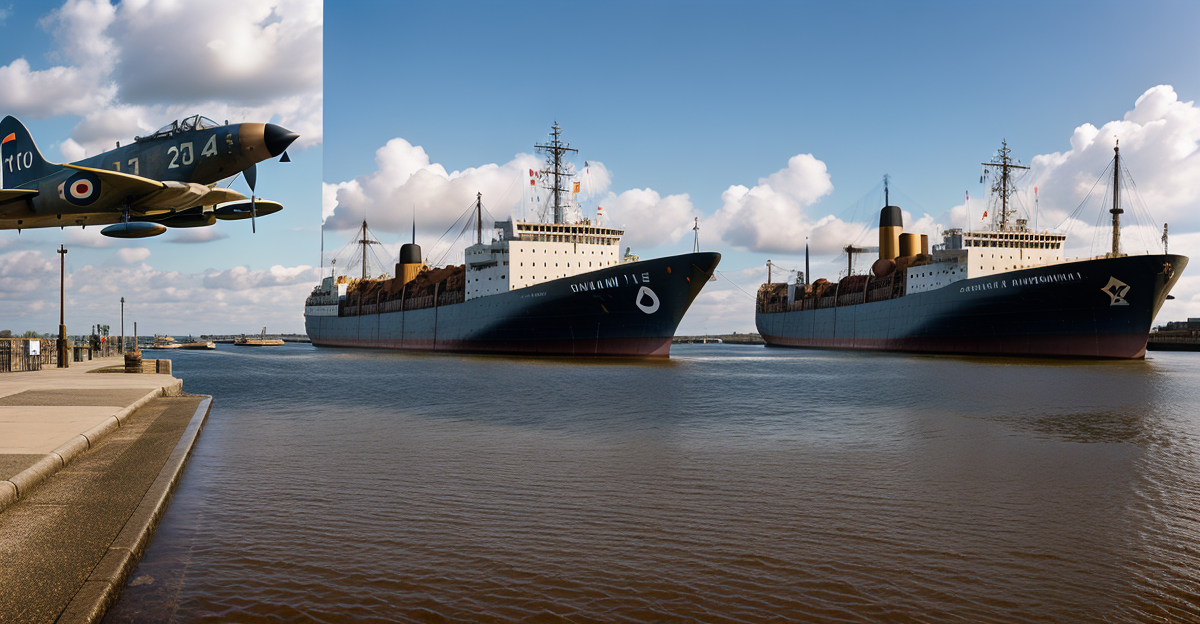
Four Key Roles Southampton Played in UK’s World Wars
The coastal city of Southampton has been central to the United Kingdom’s wartime efforts in the two World Wars of the 20th century. Its strategic maritime location, significant manufacturing contributions, pivotal role in troop deployment, and civilian efforts in evacuation procedures collectively underscore the city’s importance.
This discourse will explore these four key roles Southampton played, shedding light on the city’s integral contributions and the impact they had on the course and outcome of the wars. The ensuing discussion promises to provide a nuanced understanding of Southampton’s historical significance in a broader national and global perspective.
Southampton’s Strategic Maritime Position
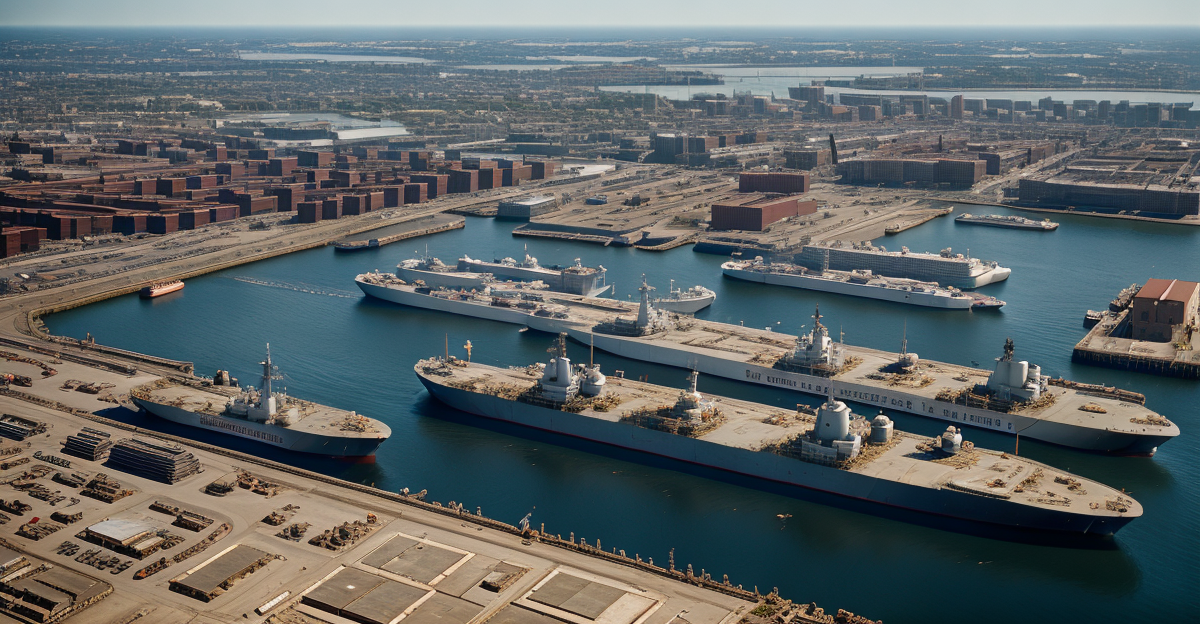
In light of Southampton’s geographical location, its strategic maritime position significantly influenced its role during the UK’s World Wars. As an integral part of the country’s naval defenses, Southampton’s port served as a critical hub for both offensive and defensive operations.
Analyzing Southampton’s naval history, it’s evident that its maritime defense strategies were intricately planned and meticulously executed. The city’s port was designed to facilitate rapid deployment of naval forces, which was instrumental in responding to enemy threats. Moreover, the sophisticated infrastructure allowed for efficient ship repairs and maintenance, further enhancing its strategic value.
Southampton was a linchpin in the UK’s naval defense, providing a launch point for many important missions. Its port was a crucial site for the assembly and dispatch of military and naval personnel, equipment, and supplies. Furthermore, it was a key destination for receiving wounded soldiers and returning troops, asserting its importance beyond just military operations.
Notably, the city’s maritime positioning also influenced the formation of alliances. Its accessibility to international waters made it a strategic location for collaborating with allied forces. As such, Southampton’s maritime position not only shaped its role in the World Wars but also played a pivotal part in the broader context of the UK’s defense strategy.
Southampton’s Wartime Manufacturing Contributions
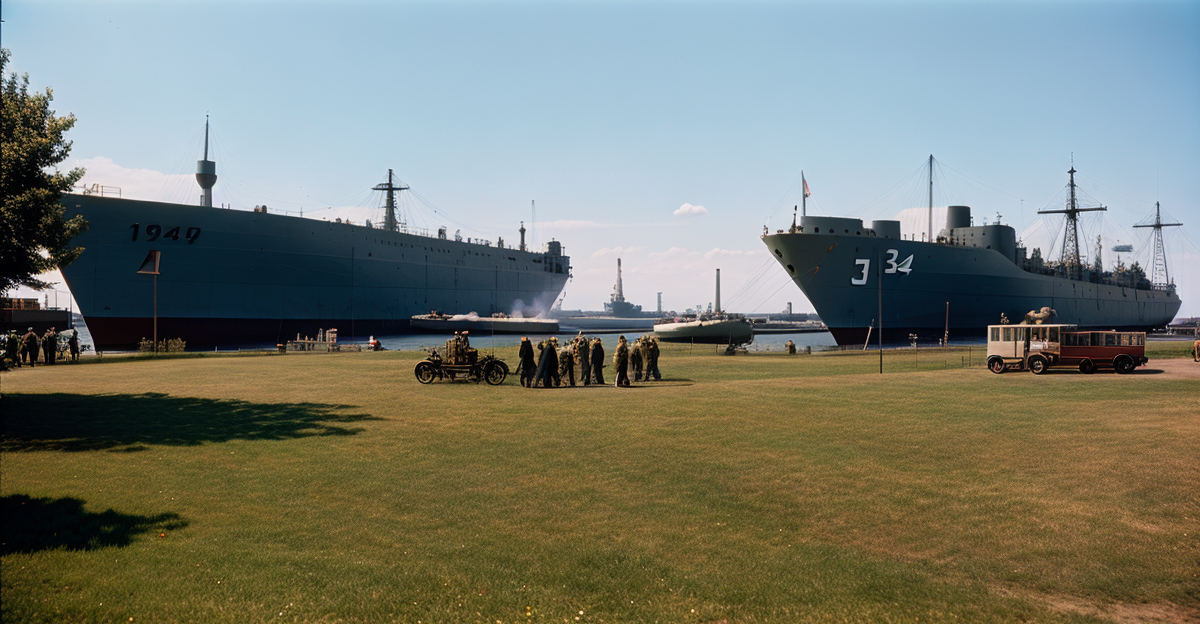
Beyond its maritime significance, Southampton’s wartime contributions extended to an industrial level, with the city emerging as a powerhouse of military manufacturing during the World Wars. The city’s manufacturing innovation was key to the country’s ability to sustain and eventually triumph in the global conflicts.
Southampton’s industrial sector showcased remarkable resilience, quickly adapting to the demands of wartime production. Factories previously engaged in peacetime manufacturing were swiftly repurposed for the production of essential military equipment, ranging from aircraft to munitions. The city’s industrial resilience was evidenced by its ability to maintain production levels even under the threat and actuality of enemy bombing, a testament to the determination and courage of its workforce.
The Spitfire, an iconic symbol of British defiance, was developed and produced in Southampton. Its advanced design and superior performance were the result of the city’s manufacturing innovation, which helped to shift the balance of air power in favour of the Allies.
Southampton’s Role in Troop Deployment
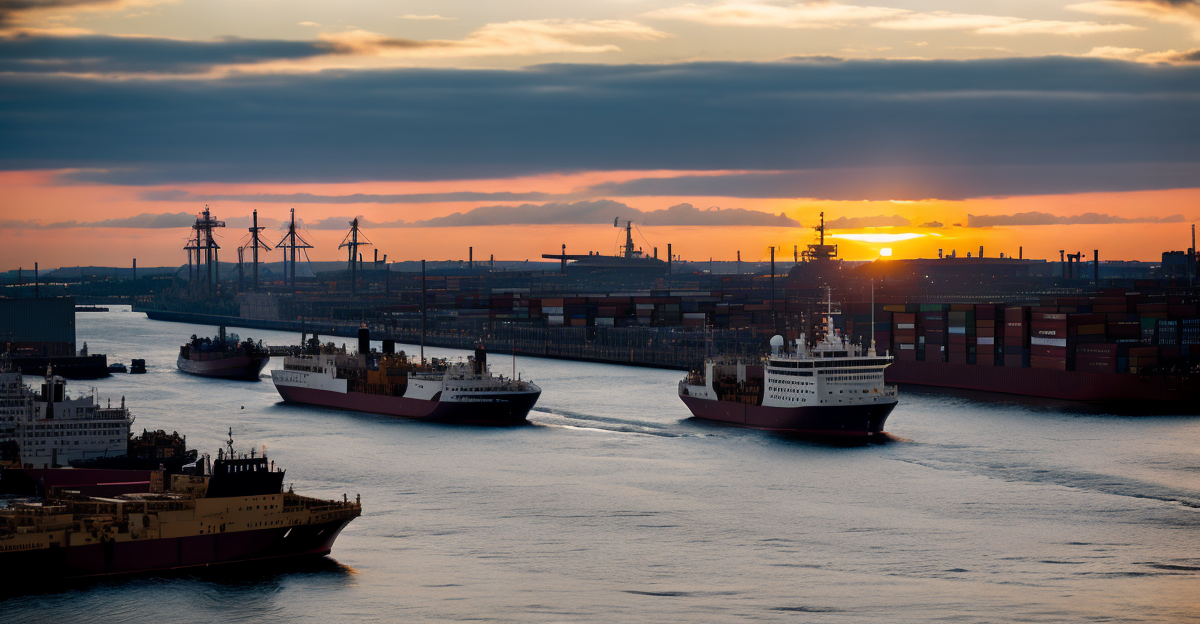
While Southampton’s manufacturing prowess significantly bolstered the UK’s wartime capabilities, it was the city’s strategic role in troop deployment that further solidified its importance in the narratives of the World Wars.
As one of the primary embarkation points, Southampton became vital in facilitating the movement of soldiers and equipment across the English Channel.
The city’s ports and infrastructure were uniquely suited to accommodate the large-scale logistical requirements of war, serving as a hub for both the initial dispatch and return of troops. Its geographical proximity to the front lines enabled rapid deployment, while the city’s amenities provided a morale-boosting environment for the troops before they embarked on their perilous mission.
Moreover, the soldiers’ transit experiences in Southampton were instrumental in shaping their wartime experiences. The city’s robust transportation network eased the logistical burden of moving vast numbers of troops, and the local populace’s unwavering support contributed significantly to maintaining high troop morale.
Thus, Southampton’s role in troop deployment was not merely logistical. It was a critical part of the soldiers’ journey, shaping their experiences, boosting their morale, and, ultimately, influencing the broader course of the World Wars.
Evacuation Efforts in Southampton
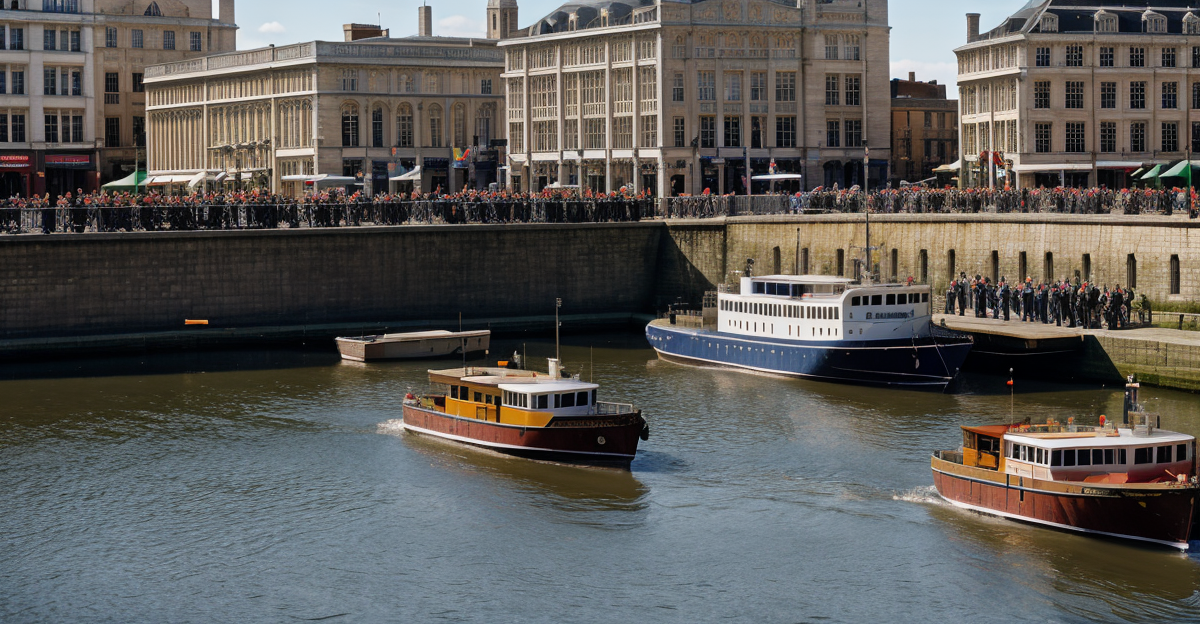
Equally pivotal to Southampton’s wartime narrative were the city’s extensive evacuation efforts, which served as a critical measure to safeguard civilians and military personnel from the horrors of war. The meticulous evacuation logistics were marked by the strategic transportation of vulnerable populations, primarily children, away from the city’s potential danger zones.
The children’s journey to safety was a complex operation, fraught with logistical challenges and emotional turmoil. Thousands of children were systematically ferried out of Southampton to safer regions across the UK. This mass movement, often conducted under the veil of secrecy, was facilitated by a well-orchestrated network of trains, buses, and ships.
The success of these efforts can largely be attributed to the civil defense organizations and the community’s collective resolve. Intricate plans were devised and executed to ensure minimal disruption, and the highest safety standards were maintained throughout the process. Notwithstanding the inherent difficulties, Southampton’s evacuation logistics were a testament to the city’s resilience and ingenuity in the face of adversity.
In retrospect, the evacuation efforts in Southampton during the World Wars demonstrate a profound commitment to human life and safety, underscoring the city’s significant role in the UK’s wartime narrative.
Impact of Southampton’s Civilian Efforts
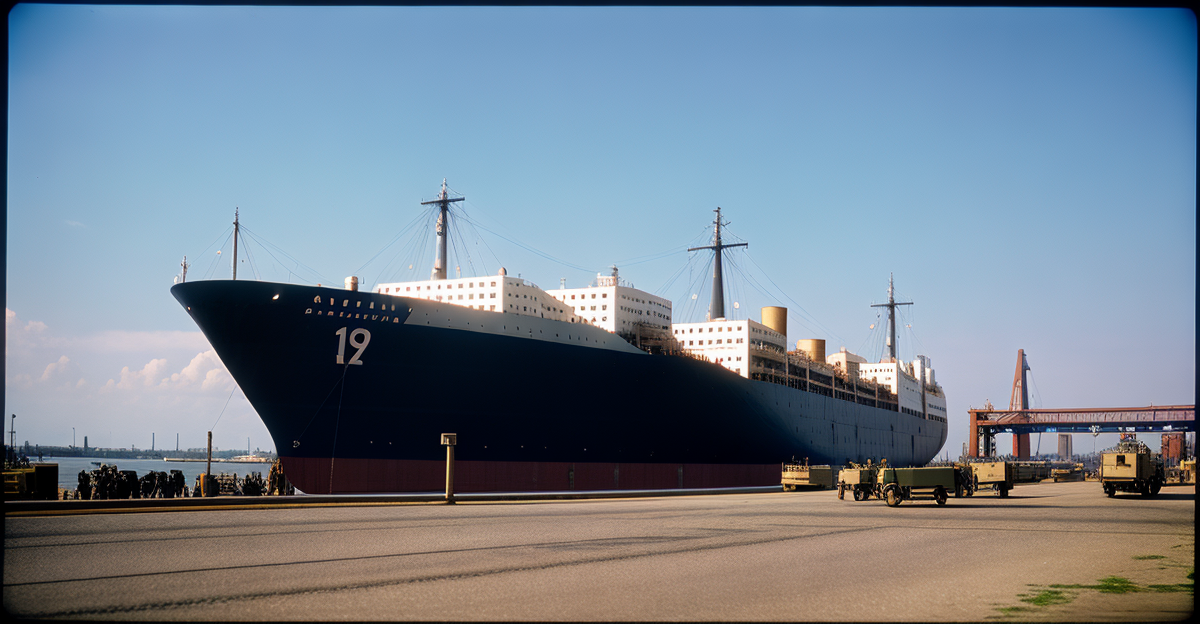
Examining the civilian efforts in Southampton during the World Wars reveals a profound impact on both the city’s morale and its strategic contribution to the overall war effort. This was largely due to the civilian resilience that was on display during these troubling times. Southampton residents displayed an unyielding determination to support the national cause, standing firm in the face of bombings and other adversities.
The Homefront contributions of Southampton civilians were equally remarkable. They hosted evacuees, performed crucial jobs in factories and shipyards, and contributed to the war effort in innumerable ways. Women took on roles traditionally held by men, working in munitions factories and serving as air raid wardens, while children collected scraps for recycling into war materials.
These efforts not only sustained the city’s war production but also boosted morale, fostering a sense of unity and resolve. This community spirit, coupled with the strategic significance of Southampton’s port, facilitated the city’s pivotal role in the war effort.
Therefore, the impact of Southampton’s civilian efforts during the World Wars was profound, shaping the city’s war experience and contributing to the broader national effort.

